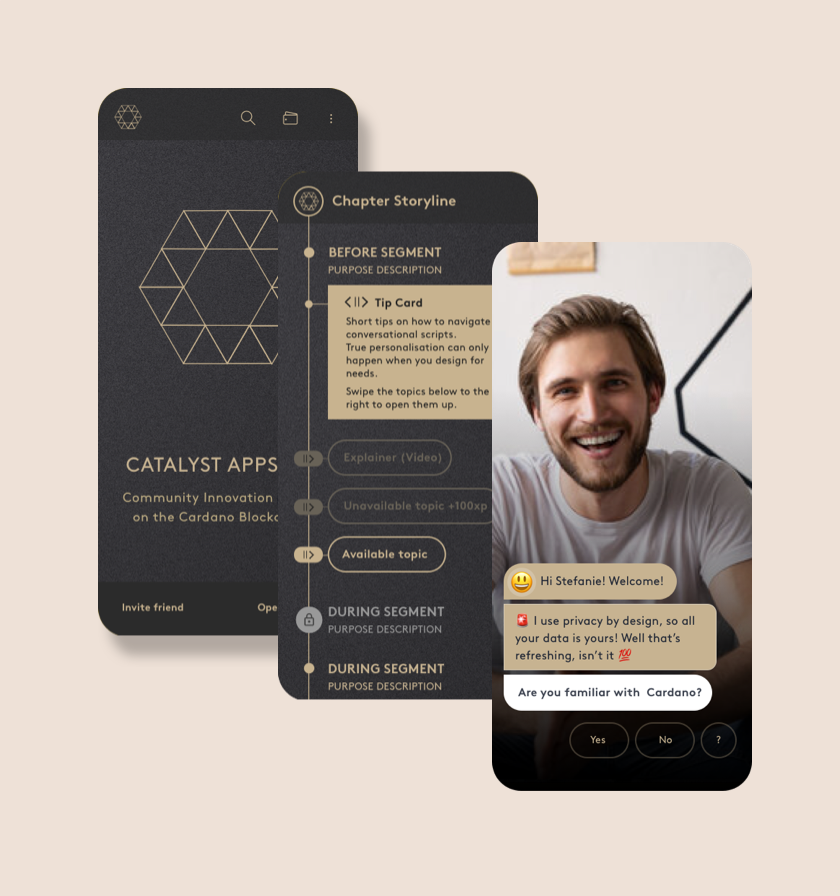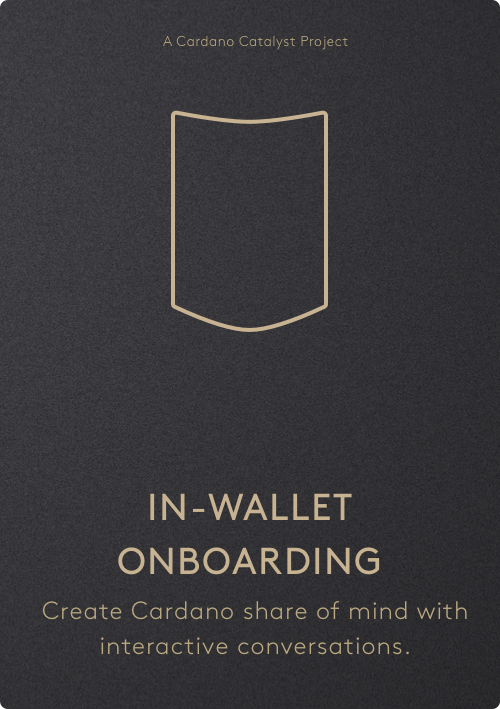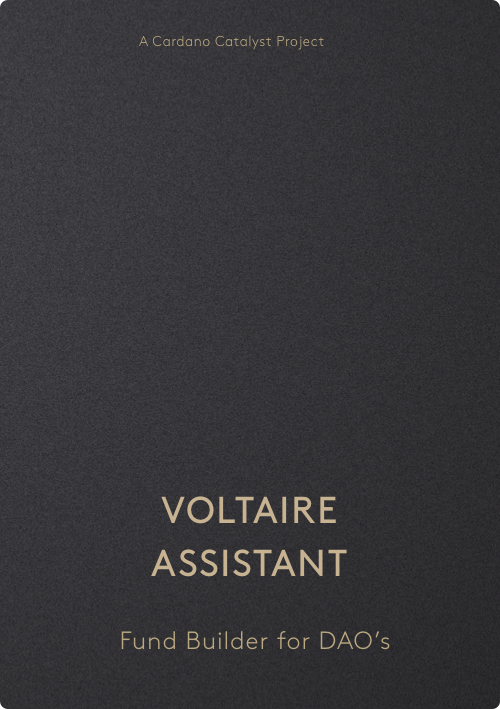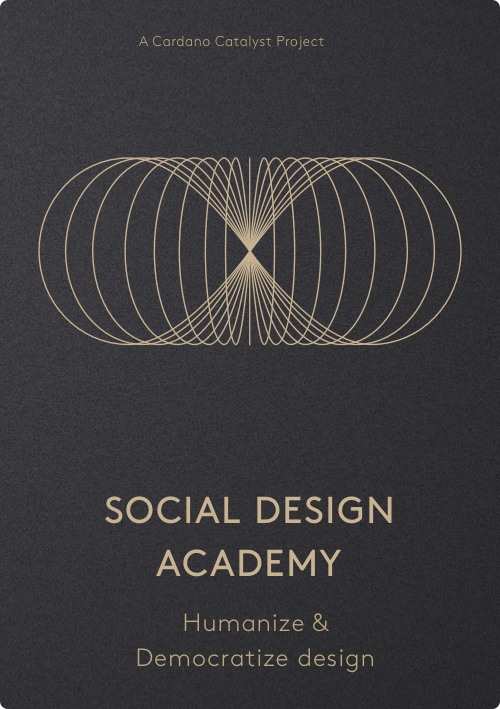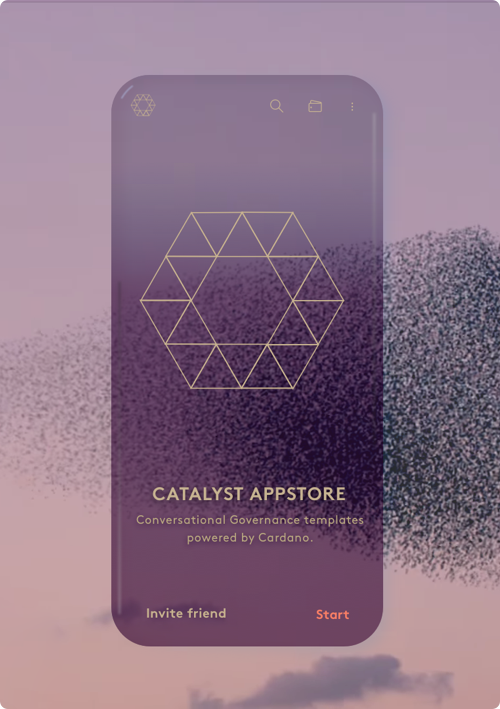Web3 Design Research
Bridge your design mindset from Web2 to Web3.
As Web3 is a content-layer on top of a transaction-layer.
Technocracy will ruin the world, as it neglects the social impact of our choices.
We provide educators & blockchain projects an Conversational UX program to shift from system thinking to system feeling.
Bringing digital storytelling to our software design is our next frontier.
Edtech Challenges
Where are we now?
- Human Centered Design turns people into users.
- Separates utility and education.
- Self-disciplined learning.
- Build as functional application.
- Individual learning.
- Does not account for mental state.
- Tracks course progression.
- Build in pages.
- Focus on technology.
Where do we want to go?
- Assistant Centered Design turns people in actors.
- Combines utility, education and hospitality.
- Guided learning and difficulty adjustments.
- Designed as hospitable assistant.
- Social learning.
- Private environment for mental state.
- Tracks wellbeing, effort, and knowledge progression.
- Designed as resumable digital conversations.
- Focuses on best learning practises.
The best way to Humanize Society is by reimagining our wallets for true social impact.
Are we going to design money that enslaves or empowers society?
* 61% of customers expect businesses to delivery personal and collective wellbeing benefits – Havas.
The best way to Humanize Society is by reimagining our wallets for true social impact.
Are we going to design money that enslaves or empowers society?
* 61% of customers expect businesses to delivery personal and collective wellbeing benefits – Havas.
Meaning is good for business*, co-design Conversational Apps using digital storytelling.
* 61% of customers expect businesses to delivery personal and collective wellbeing benefits – Havas.
Co-create Assistants for real-world problems.
Let's humanize our software together.
Let's design Assistants that advance humanity.
If we want to make the world a better place, we need to take a stance in the digital space and design assistants for individual and collective development goals.
We never learned to build software for Society.
You become your best self by helping others. So let's build software that assists and empowers us in our daily lives.
Everyone has a role to play in the new Social Appstore.
Instead of solving problems with technology we need to build social technology to help us solve (wicked) problems.
ASSISTANT CENTERED DESIGN
Turns users into actors.

Map and build interactive content that pushes and nudges people into action.
Make your content actionable.
Strengthen yourself and your organisation with purpose and meaning, embrace Assistant Centered Design, and build Interactive Content that delivers value from the first moment of contact.
It’s time that we rethink our software design, because our linear flows and static content are no match for our complex world anymore.
The biggest flaw in todays software design is that we don’t respect the effort and energy of people. It’s time for social responsibility in our software as well.
Page-based software design and blockchain are no match.
If we want to prepare our web3 wallets and platforms for family and friends (mass adoption), we need to rethink our software design for blockchain from the ground up.
Our current web2 software is broken.
We are so used to giving away our energy and attention, that we became accustomed to being the product. Nothing is free, as our data is being sold to someone that might live next door. We spend 4-6 hours on our phones, and our attention is being farmed daily. We are seriously addicted to our technology and services, but what is the true positive impact on our lives?
Design research is being transformed into a new educational program.
Social Design Academy is doing ongoing design research on how we can humanize and democratize our web3 software design so it declutters and positively impacts our daily lives.
Haun Ventures called web3: “Software-driven innovation that has a built-in financial system.” We believe that web3 should be a social conversation-driven protocol that entangles principles, value, and incentives in new interactive content formats.
There is a lot to unlearn, relearn and unpack. Distributed Design is our paradigm of choice, as it holds the most promise to converge our energy into Collective Genius that gives us new tools to solve the crisis we are facing today.
The first three steps in changing our design attitude towards web3?
1. Colonial Design vs Liberating Design; Become aware of your current design culture.
2. Change your Design Perspective; Transition from human-centered design to assistant-centered design, as human-centered design separates people into groups/tribes.
3. Remediate our Interfaces; Transition from page-based interaction design to conversational interaction design. Making sound money actionable means that we need to align the social and financial layers.
Let's make web3 ready for family and friends by embracing
ASSISTANT CENTERED DESIGN

Build hospitable assistants that guide people to their goals based on digital storytelling, digital wayfinding, and interactive content.
Wallet Design Program
Design digital conversations instead of pages.
Our current wallets focus on unlocking features our blockchains provide. But if we want to provide social infrastructure for interactive content and digital governance, we need to step up our game.
We need to rethink our wallet interactions from the ground up. To deliver user-friendly and trustworthy experiences we need to build novel social infrastructure that delivers use cases based on time, location and context.
We developed a new design approach called Conversational Interaction Design combine digital storytelling, digital way finding and interactive content in wallets, so walled can seamlessly self-onboard family and friends.
PAGE BASED DESIGN FOR WEB3 IS GETTING OLD.
Hover/Tap to learn more
Horseless Carriage Syndrome.
Although copying what we know, helps us with understanding, at some point the old approach starts limiting the novel technology, and remediation is needed. In the case of Web3 from pages to digital conversations.
THE WAY WE ORGANIZE OURSELVES REFLECTS IN OUR SOFTWARE.
Hover/Tap to learn more
The way we organize ourselves stifles innovation.
Shifting mindset from web2 to web3 means integrating design approaches. We achieve this by moving from page-based interaction design to conversational interaction design.
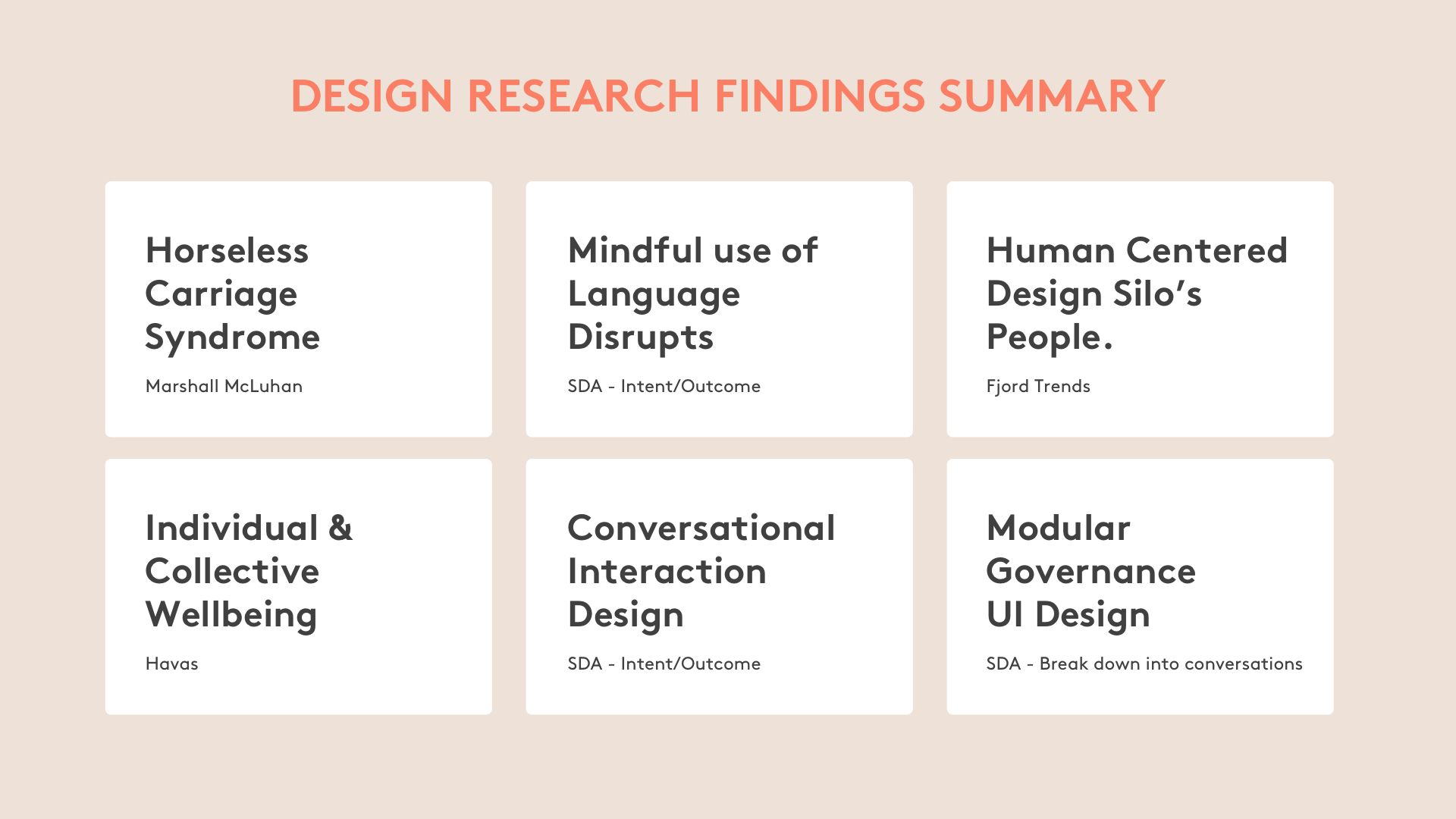
Live Class pilot - 10 May 2023 - 13:00 UCT
In live classes we work through novel social design systems and make information actionable. Todays web has a missing social-layer that keeps people in the center of decision-making. A social-layer than brings novel governance approaches, and can be used op top of blockchain, ai, but also in VR/MR/AR settings. Conversational Networks are the future of Governance.
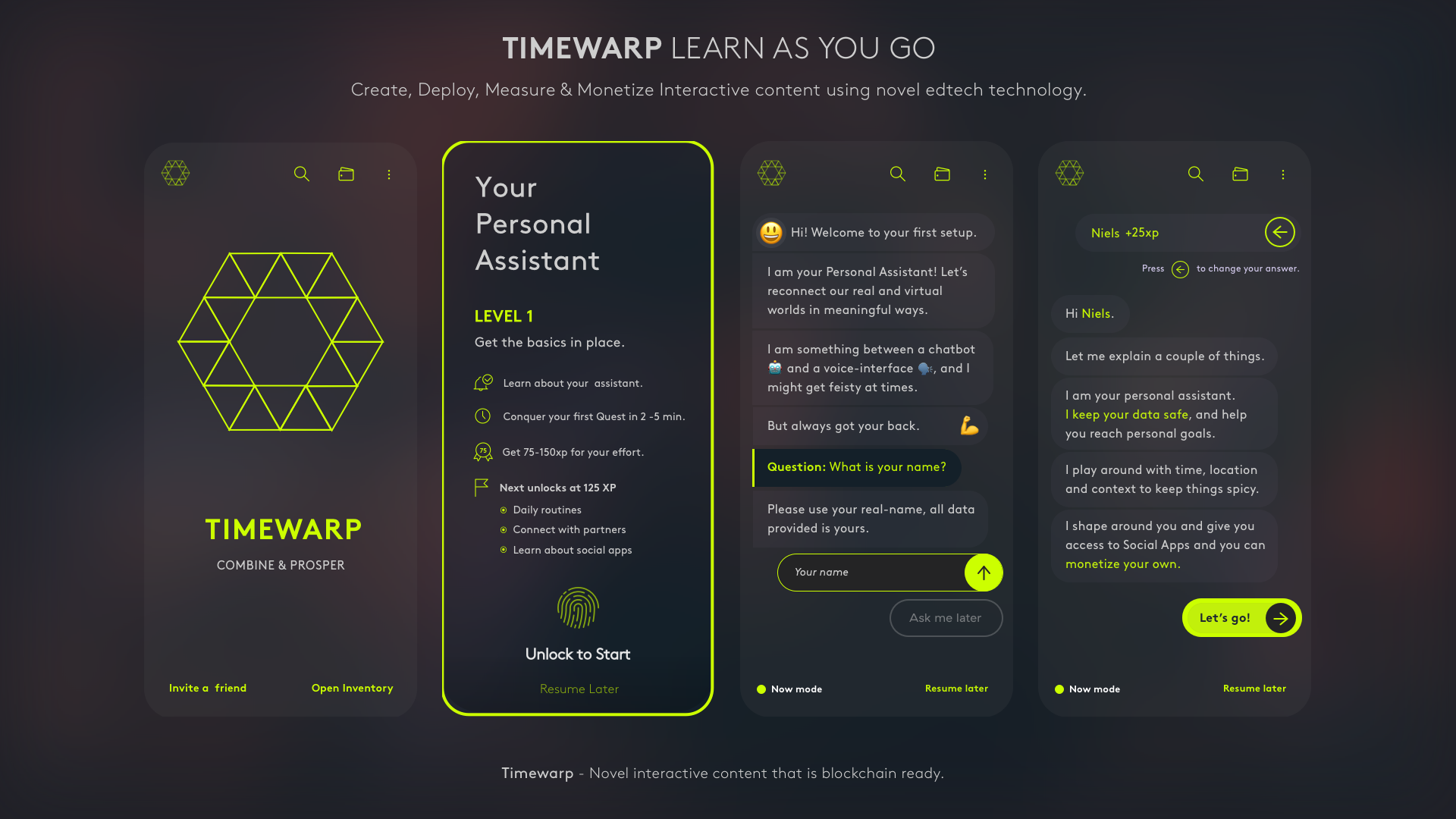
Humanize & Democratize our Brands, Software and Way of Working.
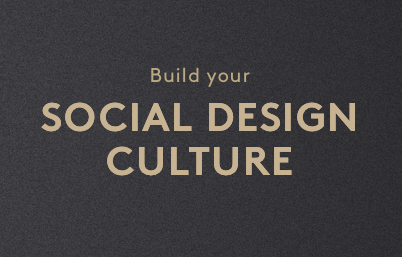
Social Design Culture
Who you involve in decision making and how you innovate is all connected to how you design. Knowing where you are today opens the discussion for your future profile. Identity the authentic self for your organisation and take a stance in the digital space.
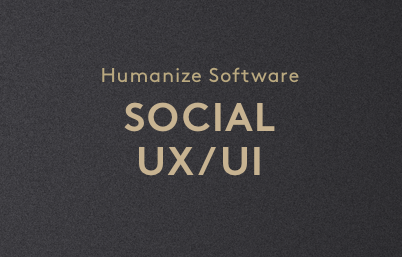
Social UX/UI
Build real social software around human activities and daily routines and build value for ever. Standardise problem sensing for all your stakeholders and Map social experiences instead of functional reactive software. Humanize your software so you become a genuinely interested in what people want and need.
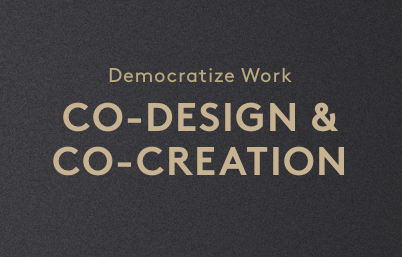
Co-design & Co-creation
Quisque velit nisi, pretium ut lacinia in, elementum id enim. Curabitur aliquet quam id dui posuere blandit. Lorem ipsum dolor sit amet.
Inwallet Onboarding for ADAholders
PROJECT CATALYST / DESIGN RESEARCH
Making cryptocurrency ready for family and friends.
Interactive content is the way forward
We assessed current cryptocurrency wallet design patterns and rebuild them into their conversational counterpart. This resulted into a remediation from static pages into transitional and interactive conversations.
This design research shows that by rethinking our static wallet design into interactive conversations, we can create a trust worthy access-point for family and friends.
SOCIAL DESIGN ACADEMY

Become a Governance Experience Designer
Sign-up and get notified about workshops & live-classes
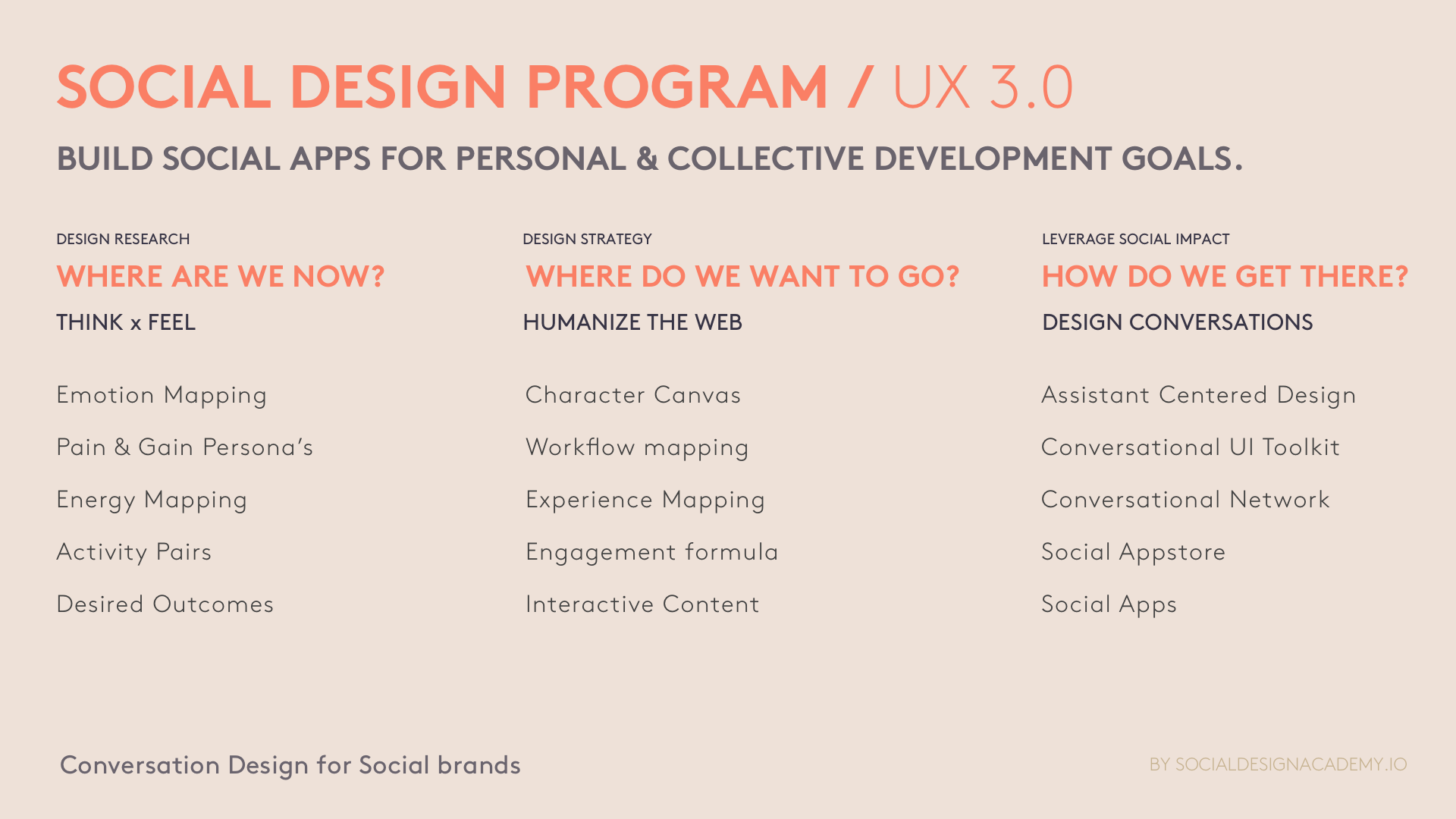
WEEKLY CONVERSATIONAL UX EVENTS
Join the groove, and choose interactive content over static pages.
Our current educational projects
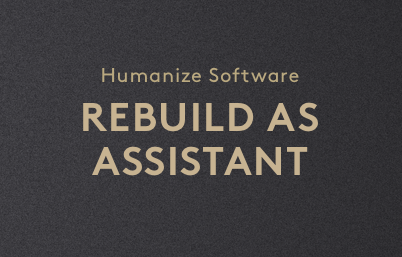
Rebuild as Assistant
In this course you will learn how to redesign an application into an assistant. Our current software is impolite, assumes too much, and is not situational aware. Instead of page-based interaction, level-up your experience design and master Conversational Interaction Design; Design digital conversations instead of pages.
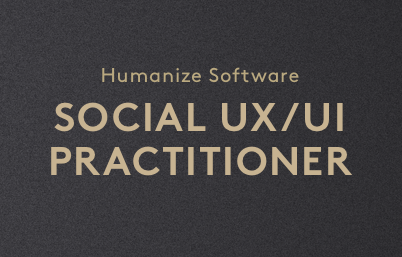
Social UX Practitioner (Soon)
There are a lot of new collaboration tools, but without a design system that every participant understands, co-creating is very hard. Master the Social UX/UI Basics and become a certified Social Experience Designer.
We turn software designers into change makers.
We are moving from a creators economy to economy creators. Choose for moral imagination and learn to become a governance experience designer for web3.
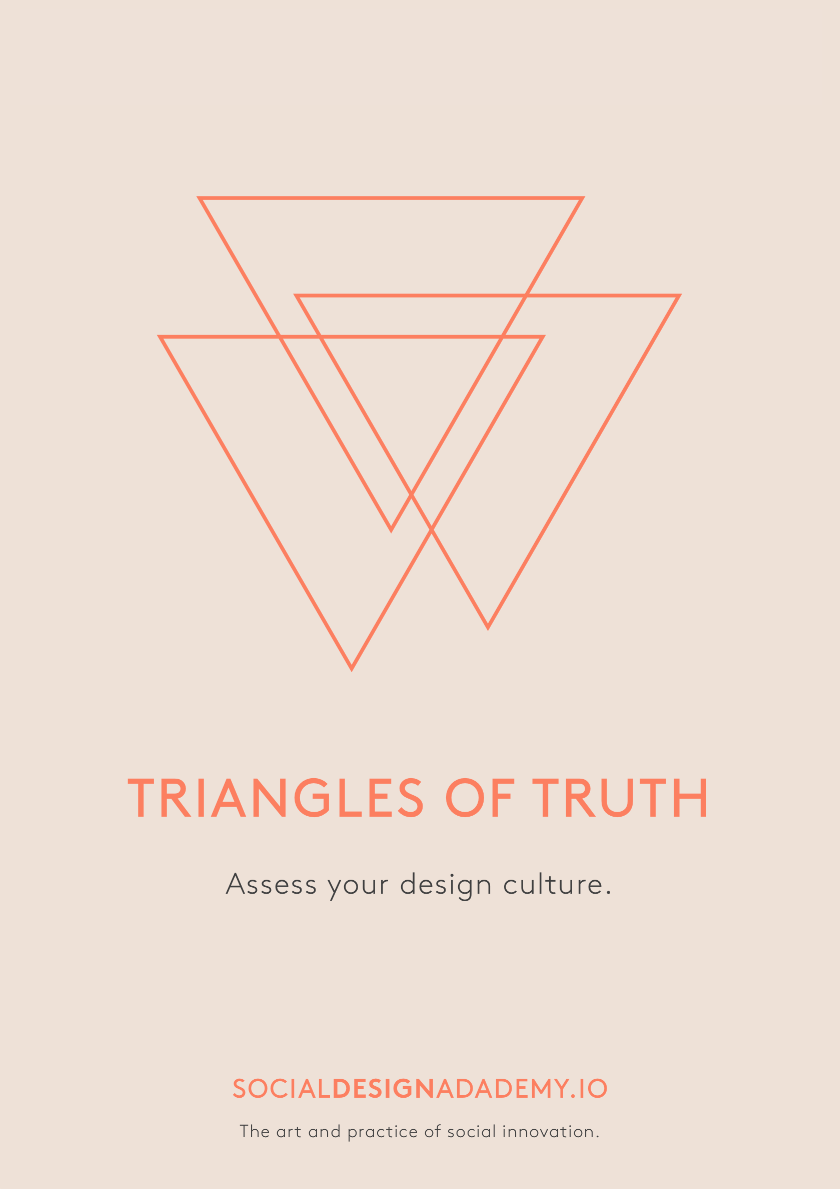
DESIGN CULTURE ASSESSMENT
"Say Hi, and assess your design culture with your team. It's fun an insightful."
Triangles of Truth
Building a collaborative design culture starts with assessing where you are today. A great conversation starter by placing hearts in triangles together. Because Truth is always a triangle. We'll setup a Miro board for you, and share it with you on the provided email address. Want us to facilitate the session for a group, let us know in your message below.
SOCIAL DESIGN ACADEMY
Become a Change maker and be the first to know about our next social design challenge.


